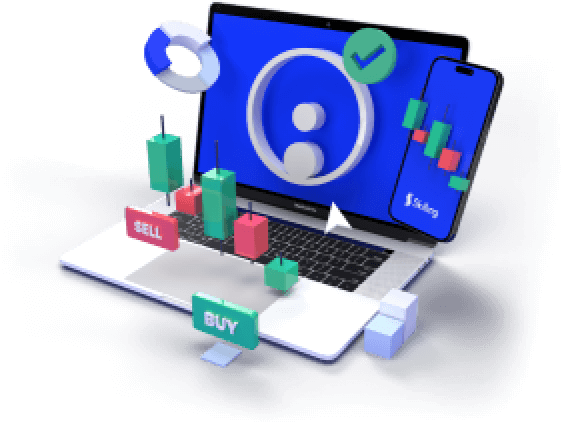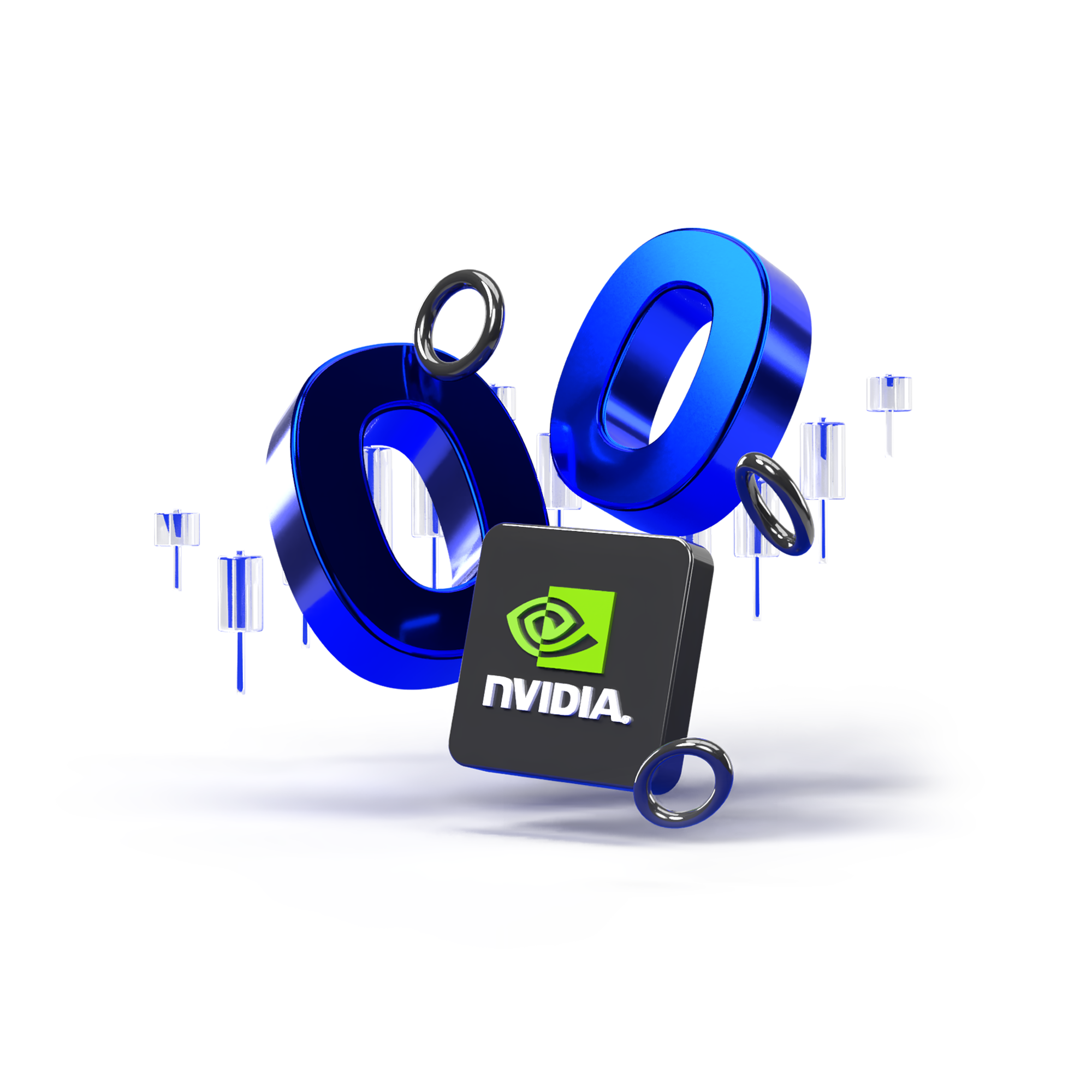

What is VWAP in trading?
Sometimes traders need a clear view of how a stock is performing throughout the trading day. The Volume-Weighted Average Price (VWAP) is a tool that helps with this. VWAP shows the average price of a stock, taking both the price and the amount traded into account. It resets at the start of each trading session, making it a useful measure for intraday trading. By considering how much of the stock was traded at different prices, VWAP gives a better understanding of the stock's overall performance and value during the day.
Example of VWAP
Assuming you were trading NIO shares, which are currently trading at $3.50, here's how VWAP might work in practice:
1. Collect data:
Throughout the trading day, you track the price and volume of NIO shares. For simplicity, let’s say during the first hour, NIO traded at $3.50 with a volume of 1,000 shares. Later, it traded at $3.60 with a volume of 500 shares.
2. Calculate VWAP:
- Multiply the price by the volume for each transaction to get the total value traded. For the first hour: $3.50 × 1,000 = $3,500. For the second trade: $3.60 × 500 = $1,800.
- Sum these values: $3,500 + $1,800 = $5,300.
- Sum the volumes: 1,000 + 500 = 1,500 shares.
- Divide the total value by the total volume: $5,300 ÷ 1,500 = $3.53.
So, the VWAP for NIO at this point would be $3.53. This means the average price of NIO shares, considering both the price and trading volume, is $3.53. Traders use VWAP to gauge the average price they are paying or receiving and to identify trading trends and potential buy or sell signals.
VWAP formula & calculation
1. Find the typical price:
For each time period (like every 5 minutes), calculate the Typical Price by averaging the high price, low price, and closing price of the stock.
Typical Price Formula: Typical price= (High price + Low price + Closing price) / 3
2. Multiply by volume:
Multiply the Typical Price by the volume of shares traded in that period. This gives you the total dollar amount traded.
Total Dollar Amount: Total Dollar Amount = Typical Price × Volume Total Dollar Amount = Typical Price × Volume
3. Sum up:
Add up these Total Dollar Amounts for all periods to get a Cumulative Total. Also, add up all the volumes to get the Cumulative Volume.
4. Calculate VWAP:
Divide the Cumulative Total Dollar Amount by the Cumulative Volume. This gives you the VWAP.
VWAP formula: VWAP = Cumulative total dollar amount / Cumulative volume

Why is volume-weighted average price (VWAP) important?
VWAP, or Volume-Weighted Average Price, is crucial for traders because it gives a clear picture of a stock's average price over a trading day, adjusted for trading volume. Here’s why it matters:
- Trend insight: VWAP helps traders see the overall trend of a stock. If the price is above the VWAP, it often signals an uptrend, while prices below the VWAP might indicate a downtrend.
- Trading strategy: It’s used to identify good entry and exit points. For example, buying when the price is below VWAP and selling when it’s above can be part of a strategy to maximize profits.
- Fair value: VWAP shows the average price at which most trading has occurred, giving traders an idea of whether a stock is fairly valued or not.
- Market efficiency: Since VWAP includes both price and volume, it provides a more accurate reflection of market activity than simple price averages. This helps in making more informed trading decisions.
Overall, VWAP is a useful tool for understanding price trends, setting trade levels, and assessing market efficiency throughout the trading day.
Experience Skilling's award-winning platform
Try out any of Skilling’s trading platforms on the device of your choice across web, android or iOS.

How to use volume-weighted average price (VWAP)
1. Identify trends:
Look at where the stock price is relative to VWAP:
- Above VWAP: If the price is above VWAP, it suggests a bullish trend (the stock is likely rising). This might be a good time to consider buying.
- Below VWAP: If the price is below VWAP, it indicates a bearish trend (the stock is likely falling). This could be a sign to sell or avoid buying.
2. Set entry and exit points:
Use VWAP to decide when to enter or exit trades:
- Buying: Consider buying when the price crosses above VWAP, indicating potential upward momentum.
- Selling: Consider selling when the price drops below VWAP, indicating a possible decline.
3. Confirm trades:
Use VWAP along with other indicators for confirmation. If other indicators also show a buying or selling signal when the price is above or below VWAP, it can strengthen your decision.
4. Monitor throughout the day:
VWAP resets daily, so track it throughout the trading day to see how the price behaves relative to VWAP and adjust your trades accordingly.
What better way to welcome you than with a bonus?
Start trading with a $30 bonus on your first deposit.
Terms and Conditions apply

Conclusion
While VWAP provides valuable insights into the average price and trading volume of a stock throughout the day, it's important to use it as part of a broader trading strategy. VWAP can help identify trends and set entry or exit points, but it should not be relied upon in isolation. Always combine VWAP with other indicators and market analysis to ensure well-rounded decision-making. Source: investopedia.com











